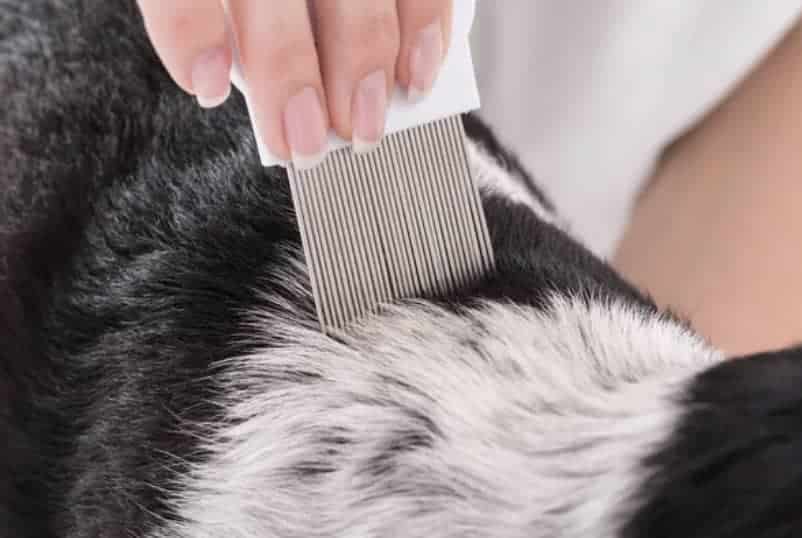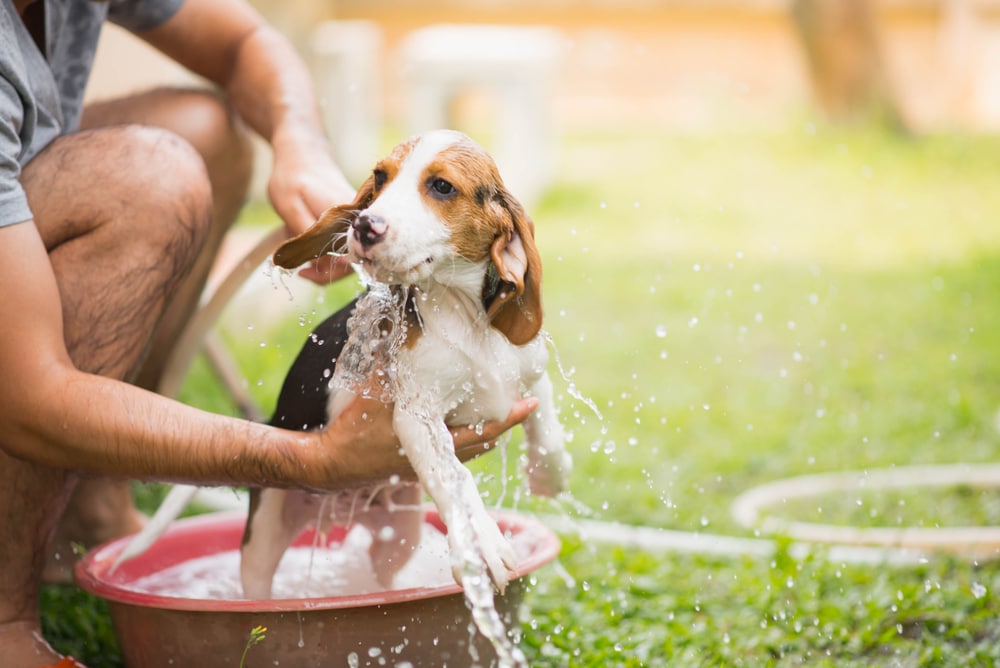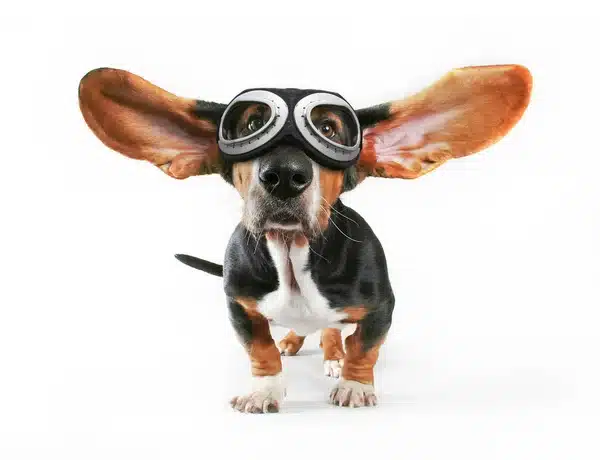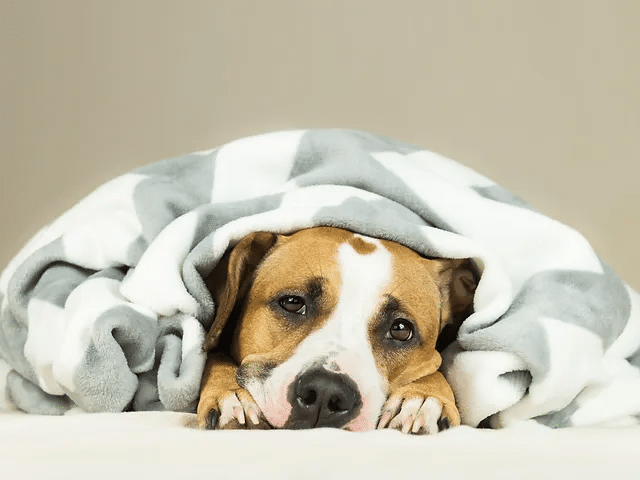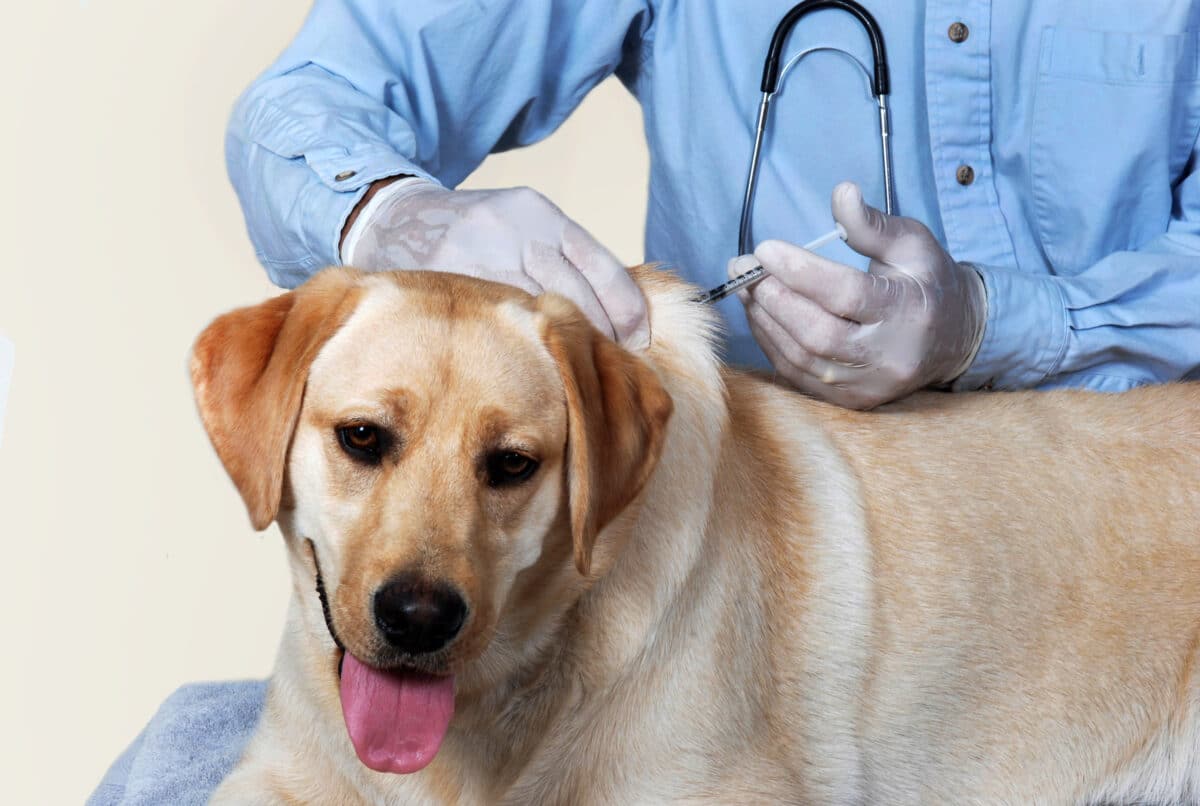Dog owners often prioritize their furry companions’ health and well-being. However, even with the utmost care, dogs can still fall victim to pests like lice. Understanding the risks, especially for breeds more prone to infestation, is crucial for proactive prevention and treatment. In this article, we delve into dog lice, highlighting the top 10 breeds most susceptible to infestation and the environmental factors that contribute to their prevalence.
What are Dog Lice?
Dog lice are parasitic insects that feed on the blood of their host. Unlike fleas, lice are species-specific, meaning that dog lice only infest dogs and cannot be transmitted to humans or other animals. They are usually pale in color and visible to the naked eye, clinging to the dog’s fur and skin.
Understanding Lice Infestation: Lice infestations often occur in dogs with poor hygiene or those living in crowded and unsanitary conditions. While any dog can fall victim to lice, certain breeds are more susceptible due to their coat type, which provides an ideal environment for lice to thrive.
Top 10 Breeds Prone to Lice:
- Afghan Hound
- Maltese
- Shih Tzu
- Yorkshire Terrier
- Pomeranian
- Old English Sheepdog
- Lhasa Apso
- Newfoundland
- Bernese Mountain Dog
- Tibetan Terrier
Factors Contributing to Infestation
Climate and time of year play significant roles in the prevalence of dog lice. Lice infestations are more common in warmer months when dogs spend more time outdoors, increasing their exposure to lice-infested environments. Additionally, dogs living in regions with high humidity are at greater risk, as lice thrive in such conditions.
Prevention and Treatment
- Regular grooming: Regular grooming sessions help detect and remove lice before infestations become severe.
- Clean environment: Maintaining a clean living environment for your dog reduces the risk of infestation.
- Flea & Tick Preventatives: Monthly flea and tick preventatives typically have the benefit of preventing lice as well. Check with your trusted pet store and read the packaging carefully.
- Consult a veterinarian: If you suspect your dog has lice, consult a veterinarian for proper diagnosis and treatment. They may recommend medicated shampoos or topical treatments to eliminate lice.
Dog Lice in Las Vegas
Despite our arid desert climate, dog lice infestations can still occur, particularly during the spring months as the weather starts warming up and dogs spend more time outdoors. While the dry conditions may not be as conducive to lice survival compared to more humid environments, dogs in Las Vegas are not exempt from infestation risks. Factors such as close contact with other infested animals or exposure to lice in communal spaces like parks and kennels can still lead to lice transmission among dogs in the area. Inspect your pup regularly and ensure that any dog care facilities inspect all dogs upon entry. For example, Barx Parx does a body check every time your dog enters the building.
Pet owners in Las Vegas should be proactive in preventing and managing lice infestations in their dogs. It is not uncommon for outdoor dog parks to close once or twice a year in April or May due to lice infestation. Regular grooming sessions to inspect for signs of lice, such as itching or visible nits in the fur, are essential. Additionally, maintaining a clean living environment and avoiding contact with infested animals can help reduce the risk of infestation. If infestation is suspected, prompt consultation with a veterinarian for proper diagnosis and treatment is crucial to ensure the health and well-being of dogs in Las Vegas.
Summary
Dog lice infestations can be distressing for both pets and their owners, but understanding the risks and taking preventive measures can help mitigate the problem. By staying vigilant, especially during peak infestation periods and for breeds prone to lice, dog owners can ensure their furry friends remain healthy and pest-free.
